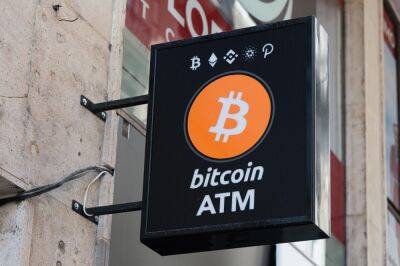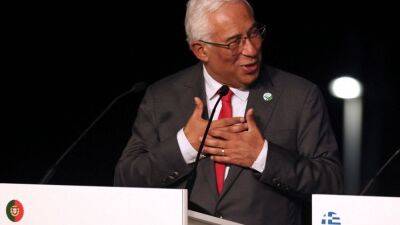What are Handshake (HNS) domains, and how do they work?
A particular topic of interest in the blockchain space is the emergence of blockchain-related projects in the domain name system (DNS) and domain ecosystem. Handshake, in particular, has been gaining attention among decentralized technology enthusiasts for its potential to revolutionize how people think about and interact with domains, especially in the context of Web3.
Handshake (HNS) is a decentralized, permissionless naming protocol that allows for peer-to-peer communication and provides an accessible alternative to centrally managed domain names, such as .com, country-code domains and other generic domains.
As a decentralized peer-to-peer domain naming protocol, Handshake aims to serve as a DNS chain alternative to the current default root chain. Also, the creation of top-level domains (TLDs) such as .agency, .gov, .edu and the like are currently managed by the Internet Corporation for Assigned Names and Numbers (ICANN) and are subject to an application process.
As such, before an applicant can have a new TLD created in the root DNS, they first have to apply for the top-level domain, win an auction for it, and await approval. The current process is tedious, complex and expensive — not to mention highly centralized. This makes the system vulnerable to hackers and nonresistant to corruption and censorship.
Handshake hopes to change the system and provide alternative Handshake top-level domains that are much more efficient, affordable and secure. The goal is to be able to use blockchain technology to allow Handshake domains to bypass the current ICANN-overseen system and help build a more decentralized domain landscape online.
As mentioned, the current DNS infrastructure is heavily reliant on ICANN’S root zone. This means
Read more on cointelegraph.com





















